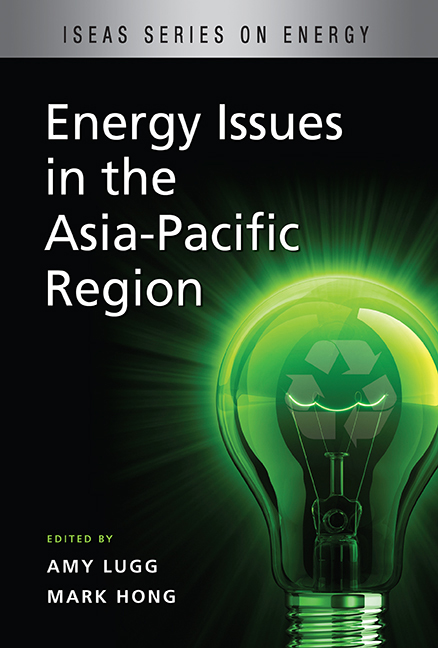5 - India's Energy Challenges
from INDIA
Published online by Cambridge University Press: 21 October 2015
Summary
ABSTRACT
India is already the world's fifth-largest energy consumer and is likely to move up to third place by 2030. Its energy needs will grow sharply over the next twenty-five years. Currently, India's primary energy mix is dominated by coal (51 per cent), followed by oil (36 per cent), natural gas (10 per cent), hydropower (2 per cent), and nuclear (1 per cent). India's incremental energy demand for the next decade will be among the highest in the world. The overall energy mix will continue to be dominated by coal, oil, and gas for the next twenty-five years. Other renewable sources of energy such as hydropower, wind, solar, biofuels, and hydrogen remain important, but not critical, for India's energy security. Even if a twenty-fold increase took place in India's nuclear power capacity by 2031–32, the contribution of nuclear energy to India's energy mix would also, at best, be about 4.0–6.4 per cent. Coal will remain India's principal source of commercial energy (estimated at about 45–50 per cent but under no circumstances less than 40 per cent) for the next few decades. India's continued and significant dependence on imported oil and gas is inescapable. Various pipeline issues are being discussed. India must get involved in Eurasian oil and gas projects, not only for its energy security, but also for political and strategic considerations. India must have a strategic understanding on energy with China too, since both are major energy consumers seeking energy from the same sources.
INTRODUCTION
India is today the world's fifth-largest consumer of energy, even though its current per capita consumption of energy is very low (490 kg of oil equivalent per capita, compared to a world average of 1,780 kg). If its economic growth remains at the recent high levels of 8–9 per cent per annum, it is likely to move up to third place by 2030. It is axiomatic that efficient and reliable energy supplies are a precondition for sustaining India's economic growth.
- Type
- Chapter
- Information
- Energy Issues in the Asia-Pacific Region , pp. 103 - 121Publisher: ISEAS–Yusof Ishak InstitutePrint publication year: 2010



